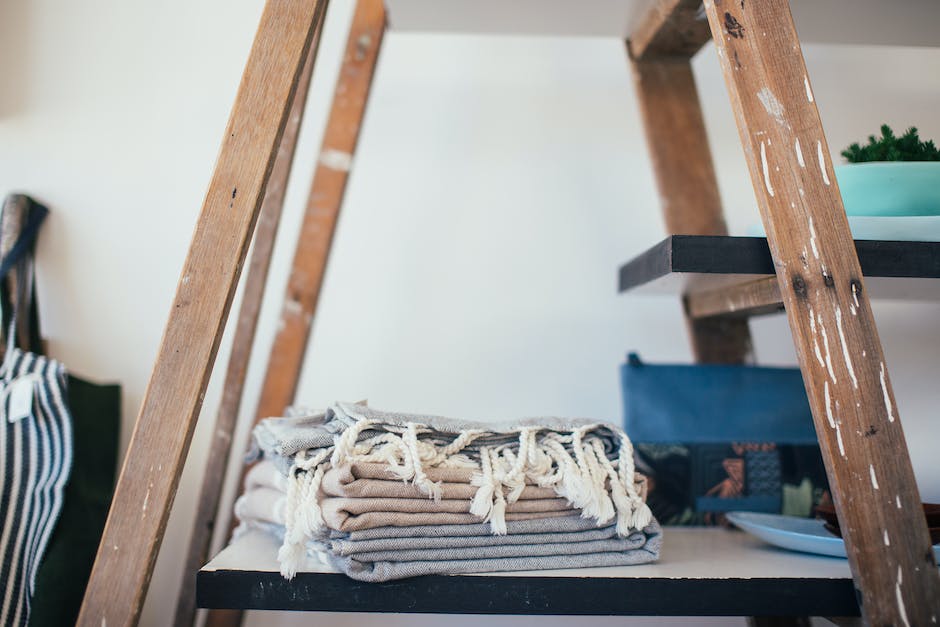The first day of the year, January 1st, marks the beginning of a new chapter for people around the world. As the clock strikes midnight, diverse cultures come together to celebrate and partake in unique traditions, each reflecting the collective hope and optimism for the year ahead. Join us on a journey across the globe as we explore the fascinating customs that shape the first day of the new year.
1. New Year’s Resolutions: A Universal Practice
- The concept of making resolutions for the upcoming year is a global phenomenon. People from different cultures set personal goals, aspiring to improve themselves physically, mentally, or spiritually. Whether it’s adopting healthier habits, learning a new skill, or fostering stronger relationships, the tradition of making New Year’s resolutions is a shared commitment to personal growth.
2. First-Footing in Scotland:
- In Scotland, the first person to enter a home after the stroke of midnight is known as the “first-footer.” This individual is thought to bring good luck for the coming year. Traditionally, the first-footer brings symbolic gifts such as coins, bread, salt, and whisky to ensure prosperity and happiness.
3. Polar Bear Plunge: Chilling Beginnings in Canada:
- In Canada and parts of the United States, particularly in colder regions, the Polar Bear Plunge has become a daring tradition. Brave individuals take a frigid dip in icy waters, symbolizing a fresh start and a fearless approach to the challenges that lie ahead. This chilly ritual is both invigorating and symbolic of resilience.
4. Hatsumode in Japan:
- In Japan, the first day of the year is marked by a visit to a Shinto shrine or a Buddhist temple, a tradition known as “Hatsumode.” People pray for good fortune, health, and happiness in the upcoming year. Many also purchase “omamori” (protective amulets) and “ema” (votive tablets) to express their hopes and wishes.
5. First Sunrise in Australia:
- Australians have a unique way of welcoming the new year. Many gather at scenic spots to witness the first sunrise of the year. Beaches and hilltops become popular locations for this spectacle, symbolizing the emergence of new opportunities and the promise of a brighter future.
6. Circles of Unity in the Philippines:
- In the Philippines, round shapes are prevalent in New Year’s celebrations. Many believe that circles represent prosperity and continuity. From round fruits on the dining table to the tradition of making loud noises, such as banging pots and pans, the circular theme symbolizes unity, completeness, and a positive cycle for the year.
7. Burning of the “Mrówki” in Poland:
- In Poland, a unique tradition involves the burning of a straw effigy named “Mrówki.” This ritual takes place on New Year’s Day and symbolizes bidding farewell to the old year and welcoming the new. It’s believed that the burning of “Mrówki” brings good luck and drives away evil spirits.
8. First-Footing in Northern England:
- In Northern England, the first-footer tradition shares similarities with the Scottish custom. The first person to enter a home after midnight brings symbolic gifts, often including coins, bread, and salt. This gesture is believed to ensure prosperity, hospitality, and good fortune for the household.
9. Eating 12 Grapes in Spain:
- Spaniards have a sweet and swift tradition known as “Las Doce Uvas de la Suerte” (The Twelve Grapes of Luck). As the clock strikes midnight, people eat twelve grapes, one for each stroke, with each grape symbolizing good luck for a specific month of the upcoming year. It’s a flavorful and auspicious way to start the year.
10. Breaking Bread in Ireland:
- In Ireland, a customary practice on New Year’s Day involves baking a special bread called “bannock.” The bread is then shared with family and friends, symbolizing unity and the sharing of prosperity. It’s a heartwarming tradition that fosters a sense of community and togetherness.
11. Takanakuy Festival in Peru:
- In Peru, particularly in the Andes region, the Takanakuy Festival takes place on the day after Christmas but spills into the first days of the new year. The festival involves a unique form of conflict resolution where participants engage in friendly fistfights to settle grievances and start the year with a clean slate.
12. First Hike in Switzerland:
- For nature enthusiasts in Switzerland, the first day of the year often begins with a brisk hike. Many people embrace the beauty of the outdoors by taking to the trails and mountains, symbolizing a fresh start, physical well-being, and a connection with nature.
13. Tết Nguyên Đán in Vietnam:
- In Vietnam, the first day of the year is celebrated with Tết Nguyên Đán, also known as Tet. Families honor their ancestors, clean their homes, and prepare special foods. The act of giving and receiving “li xi” or lucky money is a cherished tradition, symbolizing good fortune and blessings for the year ahead.
14. First Footer in Greece:
- Greece, like Scotland and Northern England, observes the first-footer tradition. The first person to enter a home after midnight, known as the “podariko,” is considered a bringer of good fortune. The podariko often brings gifts, sweets, or symbolic items to ensure prosperity for the household.
15. Junkanoo Parade in the Bahamas:
- The Bahamas welcomes the new year with the vibrant Junkanoo Parade. Colorful costumes, lively music, and energetic dancing fill the streets as Bahamians celebrate the first day of the year with a spirited procession. The Junkanoo Parade is a lively expression of Bahamian culture and the joy of new beginnings.
16. Chürrascos in Argentina:
- In Argentina, the tradition of “Chürrascos” involves barbecues and outdoor gatherings with family and friends. Asado, the Argentine barbecue, takes center stage as people come together to share delicious food, laughter, and camaraderie. It’s a festive way to kick off the new year in a relaxed and joyous atmosphere.
17. Temple Visits in India:
- In India, the first day of the year sees many people visiting temples to seek blessings for the months ahead. Families engage in prayer and rituals, expressing gratitude for the past year and ushering in the new one with hope, positivity, and spiritual reflection.
18. First Guest in Turkey:
- In Turkey, being the first guest of the year is considered an honor. Hosts often invite someone special to be the inaugural guest, and the guest brings symbolic gifts, such as red carnations, to express good wishes for the household. It’s a gesture of warmth, hospitality, and positive beginnings.
19. Zodiac Animal Celebrations in China:
- In China, the first day of the year follows the lunar calendar, marking the beginning of the Spring Festival. Each year is associated with a zodiac animal, and festivities include dragon and lion dances, fireworks, and family gatherings. It’s a vibrant celebration that emphasizes renewal, good fortune, and familial bonds.
20. First Sunrise Swim in Denmark:
- In Denmark, a refreshing tradition involves starting the new year with a dip in the cold sea. Brave individuals gather at beaches for the “first sunrise swim” on January 1st, symbolizing a fearless and invigorating start to the year. The chilly waters are seen as a metaphor for cleansing and embracing the unknown.
As we traverse the globe, it’s evident that the first day of the new year is a time of shared joy, diverse customs, and a universal sense of hope. Whether through ancient rituals or modern celebrations, people around the world come together to embrace the promise of a fresh start, making January 1st a day that unites us all in the spirit of optimism and renewal.



